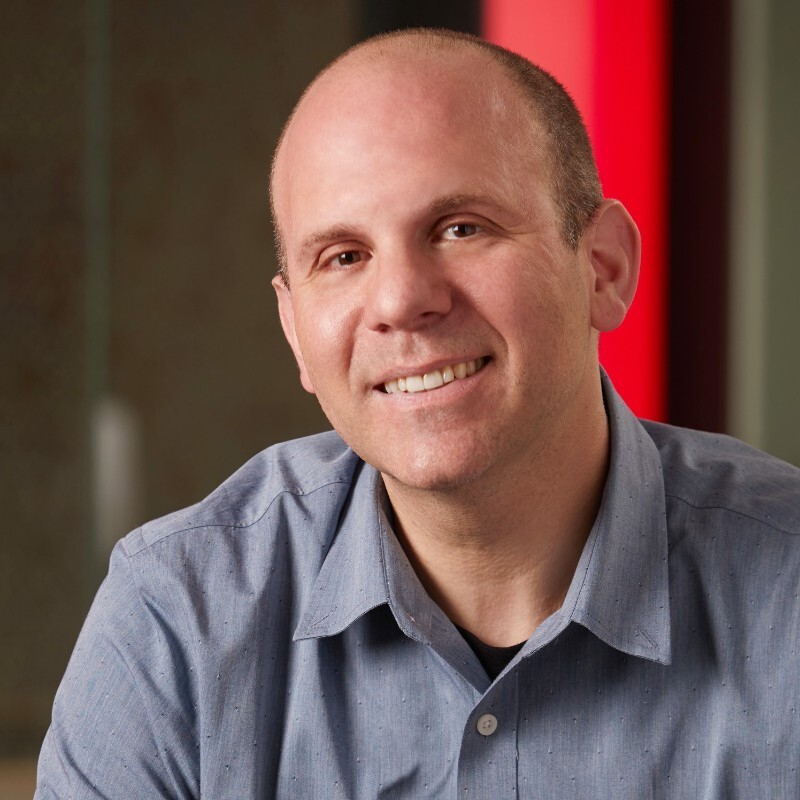
Talk
Webinar: Shift Left in SaMD Development

It takes a lot of work to prepare Software as a Medical Device (SaMD) for an initial launch – so much work that planning for subsequent releases can go overlooked, leaving companies to face significant technical, quality and regulatory debt when starting work on their product’s post-launch evolution. How do you take a forward-looking approach to developing SaMD that lays the groundwork for both short- and long-term success?
On April 30th, 2024, Orthogonal held a webinar reviewing best practices for developing SaMD under design controls with an eye towards ongoing releases. Bernhard Kappe, CEO of Orthogonal, and Randy Horton, Chief Solutions Officer, shared strategies for working on SaMD under design controls with future evolution in mind.
1. In competitive markets, medical device manufacturers who can improve their software faster than their competitors gain a significant advantage. To successfully improve faster, manufacturers need to optimize their processes and organizational structure, including QMS, to enable change while maintaining compliance, safety and effectiveness.
2. The first step towards product evolution is getting feedback faster. Feedback from the market, end users and clinical outcomes, for example, can be used as inputs to improve the product. Much of this feedback is relatively inexpensive to obtain (device instrumentation, product analytics, performance monitoring, etc.); some feedback may require more investment to acquire but have a high payoff.
3. The second step is turning that feedback into insights, which in turn drive informed decisions on software improvements. Part of insight gathering is understanding the quantitative and qualitative aspects of feedback – what is happening, why it is happening, and how to influence that outcome. The other part is inventing improvements and performing lightweight testing on them.
4. Manufacturers best poised to rapidly implement improvements into software products are those with a mature, modern software development foundation in place. This foundation acts as a scaffold to development, lowering the chances of mistakes, technical debt and quality debt accrual, and making it easier to detect and mitigate mistakes if they do occur.
5. Automated design controls, good documentation and testing automation are key to rapidly develop software while maintaining compliance, effectiveness and safety. As an additional benefit, these techniques preserve the knowledge of a medical device software system as teams change and technologies become obsolete, helping to reduce the burden of software remediation down the line.
6. Post-market monitoring not only aids in detecting use errors but can also be a tool for maintenance and enhancement of medical device software. Proper software instrumentation gives manufacturers quantitative data on how patients actually use their devices, which can be analyzed to investigate and improve the system (see Point #3).
7. Some changes to the function of a medical device require re-filing with the FDA. The scope of change that may not require a new filing has expanded with the introduction of Predetermined Change Control Plans (PCCP). In a PCCP, manufacturers and regulators come to an agreement about the specific types of changes that can be made to the medical device software and how the safety and effectiveness of those changes will be assured without the need to re-file.

Bernhard Kappe, CEO and Founder, Orthogonal
Bernhard Kappe is the Founder and CEO of Orthogonal. For over a decade, Bernhard has provided thought leadership and innovation in the fields of Software as a Medical Device (SaMD), Digital Therapeutics (DTx) and connected medical device systems. As a leader in the MedTech industry, Bernhard has a passion for launching successful medical device software that makes a difference for providers and patients, as well as helping companies deliver more from their innovation pipelines. He’s the author of the eBook Agile in an FDA Regulated Environment and a co-author of the AAMI Consensus Report on cloud computing for medical devices. Bernhard was the founder of the Chicago Product Management Association (ChiPMA) and the Chicago Lean Startup Challenge. He earned a Bachelor’s and Masters in Mathematics from the University of Pennsylvania, and a Bachelor’s of Science and Economics from the Wharton School of Business.

Randy Horton, Chief Solutions Officer, Orthogonal
Randy Horton is Chief Solutions Officer at Orthogonal, a software consulting firm that improves patient outcomes faster by helping MedTech firms accelerate their development pipelines for Software as a Medical Device (SaMD), digital therapeutics (DTx) and connected medical device systems. Orthogonal makes that acceleration happen by fusing modern software engineering and product management tools and techniques (e.g., Agile, Lean Startup, User-Centered Design and Systems Thinking) with the regulated focus on device safety and effectiveness that is at the heart of MedTech.
Horton serves as Co-Chair for AAMI’s Cloud Computing Working Group, as well as AAMI CR:510(2021) and the in-process Technical Information Report #115, all of which address how to safely move medical device computing functions into the cloud. He is a frequent speaker at conferences and webinars, including events hosted by AdvaMed, AAMI, HLTH, RAPS and the Human Factors and Ergonomics Society (HFES).
Related Posts

Talk
Webinar: Shift Left in SaMD Development

Talk
Accelerate Updates to AI Algorithms with PCCP: Webinar

Talk
Roadmap for Generative AI Inside Medical Devices: Webinar

Talk
Gathering Medical Device Data & Evidence: Webinar